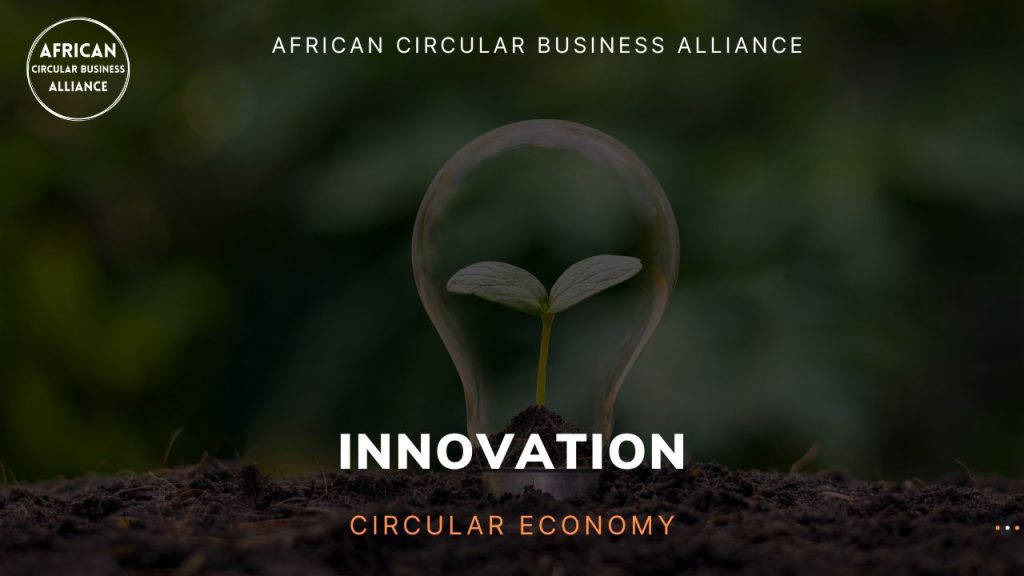
Circular economy innovation refers to the development and application of new technologies, business models, and processes that aim to create a more sustainable and circular economy. The circular economy is an economic model that seeks to eliminate waste and pollution by reusing and recycling materials, creating closed-loop systems, and designing products for circularity. Circular economy innovation is therefore critical to achieving a more sustainable and resilient economy, as it drives the development of new solutions to some of the world’s most pressing environmental and social challenges.
What is Circular Economy Innovation?
Circular economy innovation involves the development of new products, services, and business models that aim to create a more circular economy. This can include innovative approaches to waste reduction, recycling, and repurposing, as well as the development of new materials, technologies, and processes that enable greater resource efficiency and circularity. Circular economy innovation can also involve the adoption of new business models such as product-as-a-service and sharing economy models, which prioritize access over ownership and reduce the overall consumption of resources.
Examples of Circular Economy Innovation
There are many examples of circular economy innovation in action. Here are a few:
- Closed-loop systems: Closed-loop systems are a key component of the circular economy, and involve the creation of closed cycles for materials and resources. For example, Veolia Water Technologies has developed a system that recovers phosphorus from wastewater and repurposes it for use in fertilizer production.
- Sustainable materials: The development of sustainable materials is critical to creating a more circular economy. For example, Ecoalf has developed a fabric made from recycled ocean plastics, while Bolt Threads has created a silk-like material made from renewable sources such as corn and sugarcane.
- Product-as-a-service: The product-as-a-service business model involves providing access to a product or service rather than ownership, reducing the overall consumption of resources. For example, Philips Lighting offers a lighting-as-a-service model, where it provides lighting systems to businesses on a subscription basis, rather than selling the products outright.
- Circular logistics: Circular logistics involves optimizing the flow of goods and materials in a way that maximizes resource efficiency and reduces waste. For example, DHL has developed a reverse logistics program that enables the return and repurposing of used products and packaging.
Benefits of Circular Economy Innovation
Circular economy innovation offers a range of benefits, including:
- Resource efficiency: Circular economy innovation can enable businesses to reduce their resource consumption and waste generation, making them more resource efficient and resilient.
- Cost savings: Circular economy innovation can also help businesses to reduce their costs, by reducing material and resource consumption, and enabling the repurposing and reuse of materials.
- Environmental benefits: Circular economy innovation can have a significant positive impact on the environment, by reducing greenhouse gas emissions, reducing waste generation, and preserving natural resources.
- Business opportunities: Circular economy innovation can also create new business opportunities, by enabling the development of new products and services, as well as new business models and markets.
Challenges of Circular Economy Innovation
While circular economy innovation offers many benefits, there are also several challenges that need to be addressed. These include:
- Lack of awareness: Many businesses and consumers are not aware of the circular economy concept, and therefore may not see the benefits of circular economy innovation.
- Regulatory barriers: Some regulatory frameworks may not support circular economy innovation, which can create barriers to implementation.
- Lack of investment: Circular economy innovation often requires significant investment in new technologies, processes, and business models, which can be a barrier to entry for some businesses.
- Limited infrastructure: Circular economy innovation requires a supportive infrastructure, such as recycling facilities and waste management systems, which may not be widely available in some regions.
In conclusion, circular economy innovation is critical to achieving a more sustainable and resilient economy.
